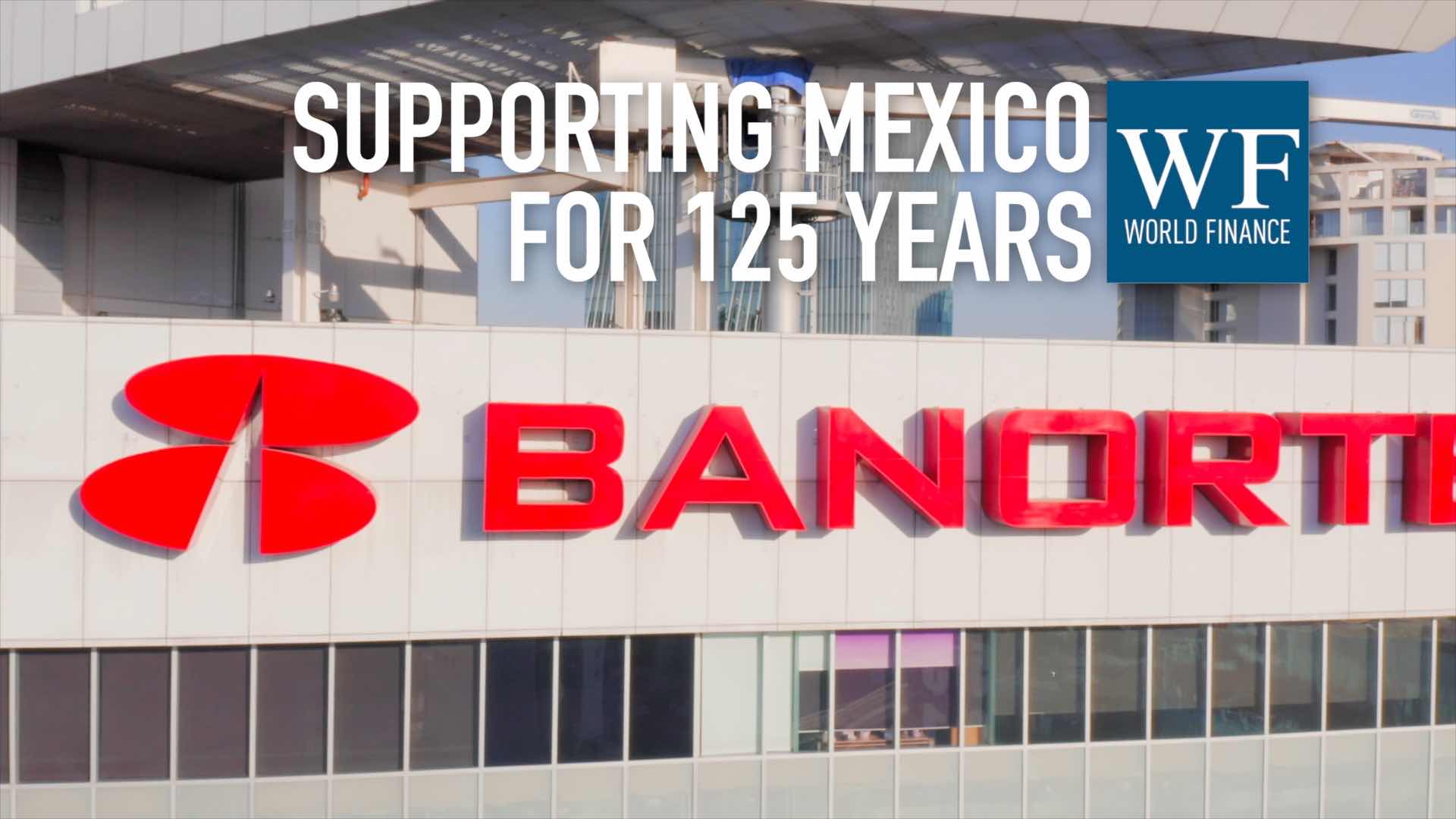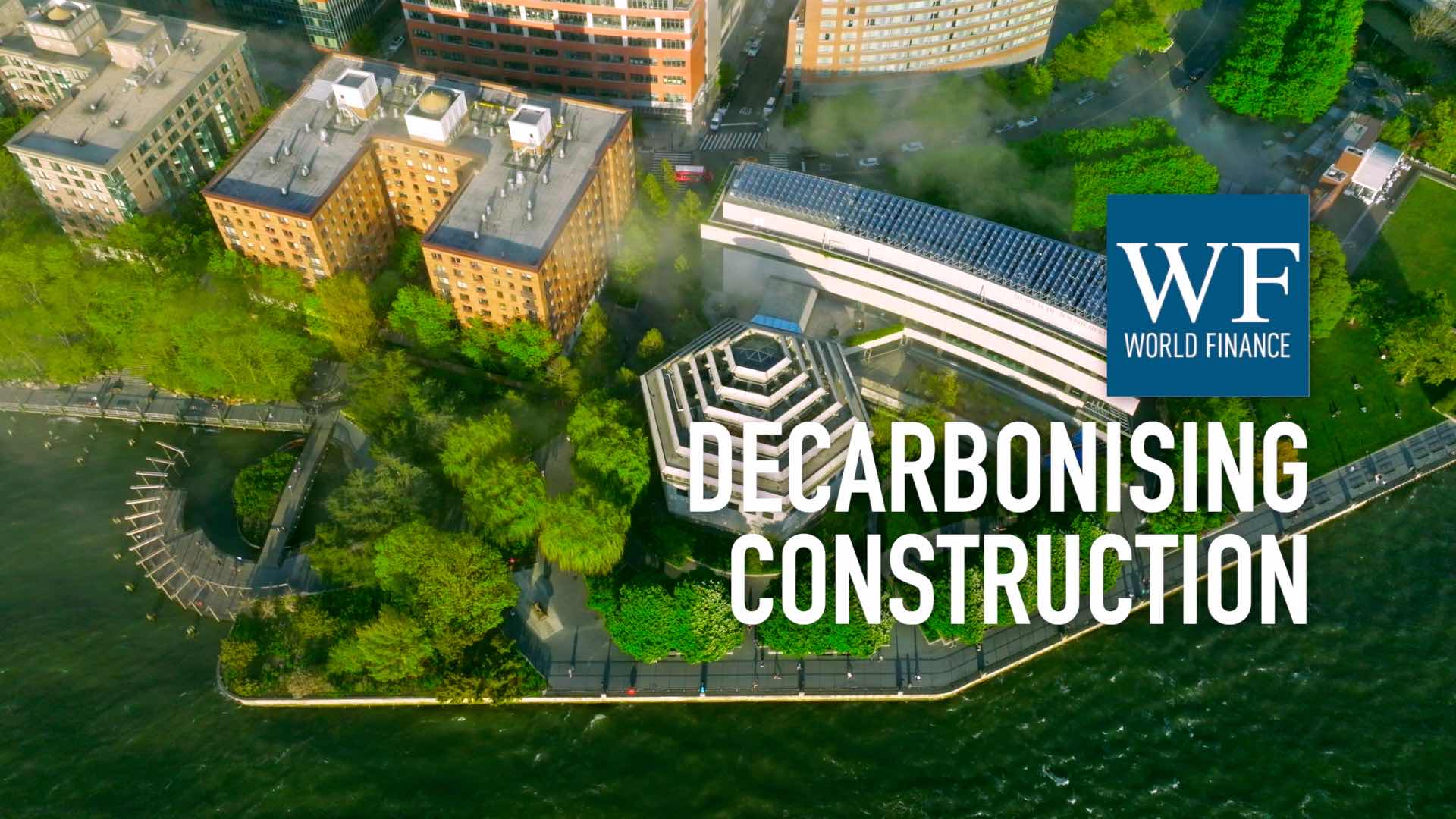Nazym Tulchinsky on Kazakhstan Insurance | Eurasia Insurance | Video
World Finance interviews Nazym Tulchinsky, Deputy Chairman of Eurasia Insurance Company, on the current trends and future for insurance and reinsurance in Kazakhstan
Related:
Transcript
For the last 10 years, Eurasia Insurance has hosted an international risk management conference. Nazym Tulchinsky, Deputy Chairman of Eurasia Insurance, explains how Eurasia’s good risk management has helped the company through the turmoil of the financial crisis, and describes the current trends and future prospects for insurance and reinsurance in Kazakhstan.
World Finance: How has your risk management helped you through the turmoil of the financial crisis?
Nazym Tulchinsky: The conference has brought together leading economists, politicians and businessmen, from over 40 countries to develop solutions for the significant challenges to the global business community.
Our exceptional risk management programme has contributed to the development of Eurasia’s profitability and capital levels to date. Eurasia was able to foresee the consequences of the financial turmoil, and fortunately its project management was able to secure its investments while at the same time increasing its returns. And the process with which we accept risks, allows us to master the global financial crisis, and the rush of catastrophe events well. We’re confident that we are able to cope with any predictable losses, because we have the trust of our underwriters. If the insured sustains a loss, Eurasia is always prepared to foot the bill. It’s as simple as that.
“Our main clients include Egypt Shell, ArcelorMittal, and reinsurance for HSBC”
World Finance: Who are your clients in Kazakhstan, and how do you invest?
Nazym Tulchinsky: We have a unique market position. Being the largest insurance company in Kazakhstan, Eurasia supports other insurance providers by selling them our reinsurance capacity.
As for direct insurance, our main clients include oil and mining companies, such as Egypt Shell, ArcelorMittal and HSBC. Of course, we’re doing some reinsurance for major Kazakh banks: HSBC, for example. We prefer to write classical risks.
As for the investment issue, Eurasia invests in its clients with a first-class service.
World Finance: A third of your business is from international reinsurance. How important is this?
Nazym Tulchinsky: The change in Eurasia’s international business strategy came about in 2006, when Eurasia was the only company in Kazakhstan which received a rating from AM Best Rating Agency of B++. Since first writing inwards reinsurance business in 2004, from mainly Russia and member countries of the CIS, Eurasia now provides its reinsurance support on the risk allocated over the 130 countries worldwide. Eurasia is becoming a truly diversified global reinsurer.
However, in balancing Eurasia’s worldwide portfolio, we still remain cautious about the risks. Our goal is to build a profitable portfolio. Eurasia recognises that a company does not grow because it is writing big volumes of sub-standard business. Profitability for Eurasia comes before income. Eurasia strives to continue operating with economic autonomy. This means that Eurasia is able to finance its further growth, solely with this self-generated profits. And it is dedicated to avoiding any financial imbalances which might lead to contributions from shareholders.
“In balancing Eurasia’s worldwide portfolio, we still remain cautious about the risks”
World Finance: What are the trends and challenges that you’re currently facing within this sector?
Nazym Tulchinsky: Eurasia’s building its inwards reinsurance portfolio based on a strong relationship with major brokers. Through the practice of not running away from risk, if and when it proves to be unprofitable. We will sit down with the brokers and tell them to offer underwriting guidance. Eurasia’s always aware of the fact that a few local and overseas sinners are acting as a distributor of poorly priced business. It is ready to price this market properly, by either declining their insurance, or by proposing more realistic terms for the risk involved.
It’s imperative that Eurasia’s underwriters are able to add value through leadership, and so help to create a meaningful product. We are well aware of the new capital flowing into the reinsurance market, and the effects of overcapacity. This increased capacity will drop when the first major natural catastrophes occur. This has been borne out in previous reinsurance cycles.
World Finance: And back to Kazakhstan. What are the current trends you’re seeing in the market?
Nazym Tulchinsky: The non-life insurance segment in Kazakhstan achieved growth of around 20 percent in comparison with 2012. This was attributed to the growth of the Kazakh economy, the existence of various compulsory insurances, and of course increased volumes of bank lending.
The life segment is growing well too. However, I can say that this is organic growth, because its main driver is compulsory employers’ liability.
Having said that, in general, the insurance market is steadily growing in Kazakhstan, although I have to admit that insurance penetration is still low. In 2012 it was below one percent, so there is a potential of an untapped market for Kazakh insurance.
“In 21 years we changed from a soviet republic to a market economy ranked as one of the 10 fastest-growing in the world”
World Finance: And finally, what is the future for Kazakhstan on the world stage?
Nazym Tulchinsky: Kazakhstan’s strategic aspiration is to become a model diversified economy, with a high valued-added and a high-tech component, well integrated into the global economy.
In 21 years, we have moved from a soviet republic, with no private sector, to a sovereign state with a market economy ranked as one of the 10 fastest-growing in the world. Our country’s geographical and geopolitical positions have played a vital role in promoting the country’s development.
Located in the centre of Eurasia, Kazakhstan is at the crossroads of the world’s most ancient civilisations and trade routes. the development of Kazakhstan’s economy is closely connected with integration into international relationships. It has unique reserves of energy and mineral resources, the vast possibilities of exporting industrial and agricultural products, optimum employment of the country’s transit potential, and the viability of highly qualified specialists. Kazakhstan is important to the alternative energy markets because it has significant oil and natural gas reserves. With sufficient expert options, Kazakhstan could become one of the world’s largest oil producers and exporters, within the next decade.
World Finance: Nazym, thank you very much.
Nazym Tulchinsky: Thank you very much.

 Grupo Financiero Banorte: Supporting Mexico for 125 years
Grupo Financiero Banorte: Supporting Mexico for 125 years Investing in innovation: TITAN Group’s €40m commitment to transform construction
Investing in innovation: TITAN Group’s €40m commitment to transform construction
